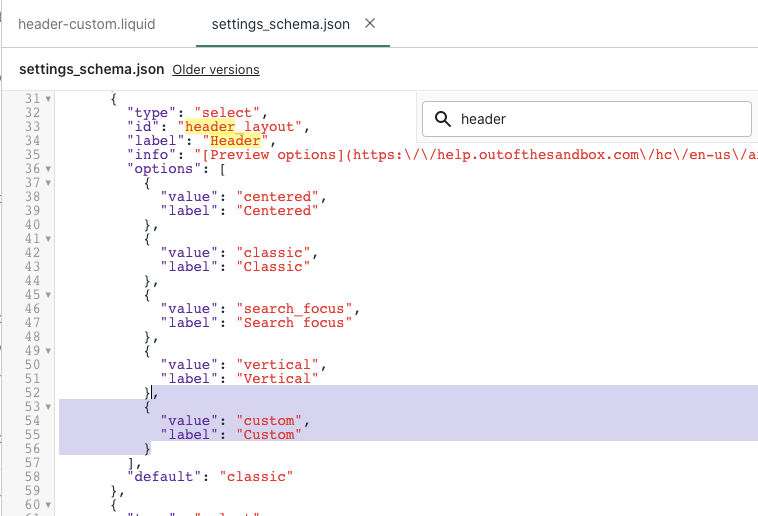In styles.css, put the following rule with the rest of the base styles, outside of the media queries. To get a fluid image in Chrome, we need to tell the illustration to always fill the width of its container. It is also the fallback text if images have been disabled or an error. This applies max-width: 100 and height: auto. Firefox will do this automatically, but if you open this page with Chrome and make your browser very narrow, you’ll find that the image stays the same size. The alt property is used to describe the image for screen readers and search engines. WebResponsive images Images in Bootstrap are made responsive with.
Ideally you would: Resize large images to the size needed by your design. But creating optimized images for websites has long been a thorny problem.
SVGs let us forget about screen resolution issues, but we do need to shrink the illustration to fit neatly into our fluid tablet and mobile layouts. Fluid Queries Art directing multiple images Gatsby Image Props Image Processing Arguments Other Stuff Problem Large, unoptimized images dramatically slow down your site. An SVG embedded using an tag behaves in a similar way to that embedded using content div so that it matches the following: īrowsers automatically scale up SVGs for retina devices, so this 500×250 pixel SVG image will render crisply on both standard and retina devices. srcset and max-width: 100 Without width height Using width height This is where the rubber finally meets the road. Let’s take a look by adding an illustration to our responsive.html page. Using width height Keeping our two eligible image widths in play (200px and 400px) let’s swap to use max-width: 100. They “just work.” Since they’re vector-based, SVGs avoid the screen resolution problems that we’ll see in the next section. The easiest way to solve all these problems is with SVG images.
#FLUID IMAGE CSS CODE# Source code CSS: Proportionally Scaled and/or Cropped Images. max-width: 100 and height: auto are applied to the image so that it scales with the parent element. One workaround is to use image tags along with this technique but hide them using (SEO-friendly) CSS. Images in Bootstrap are made responsive with. This can lead to images being larger than the rest of the content, or can introduce unexpected spacing problems for your page layout. By default, web browsers display images in a raw format at their default size. Another, possibly bigger, issue is that search engines do not index background images. Introduction When styling images on a web page with CSS, there are many important ideas to keep in mind. Resize an elements content to cover its container using object-cover. One possible workaround is to use a link that points to the actual image as the background image container. users cannot right click to save the image. width: 100 CSS forces the image to fill up the width of the container. Using background images instead of tags will create accessibility issues, e.g. Now, my usual take was to pop some width: 100 CSS on that thing and call it a day. Fortunately, you can take measures in CSS to stop. Unfortunately, this technique applies to background images. The image is fluid, so it will fill its available space regardless of whether the screen orientation is portrait or landscape, and readers dont have to deal. If an image is wider than the screen, the image will overflow, causing a horizontal scrollbar to appear. The interesting values for this property are:Ĭontain: Scale the image, while preserving its intrinsic aspect ratio (if any), to the largest size such that both its width and its height can fit inside the background positioning area.Ĭover: Scale the image, while preserving its intrinsic aspect ratio (if any), to the smallest size such that both its width and its height can completely cover the background positioning area. SVGs let us forget about screen resolution issues, but we do need to shrink the illustration to fit neatly into our fluid tablet and mobile layouts.
CSS alone cannot choose the correct rule you must use JavaScript to determine whether to fit the image horizontally or vertically.ĬSS3 provides a solution (well, sort of): the background-size property. It is obvious that you need to use different rules depending on the aspect ratio of the container and the image. fit the image inside the container (or conversely, fill the container with the image as indicated by the red borders). The green borders indicate the desired output i.e. However, this solution is not generic enough to handle images with varying aspect ratios properly. How do you resize an image so that it fits inside a fixed size container while maintaining its aspect ratio The apparent solution is to set the image width, height, min-width and/or min-height to 100% or auto. Proportionally Scale or Crop Images Using CSS



 0 kommentar(er)
0 kommentar(er)
